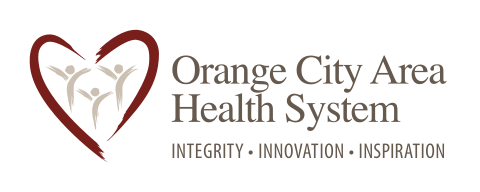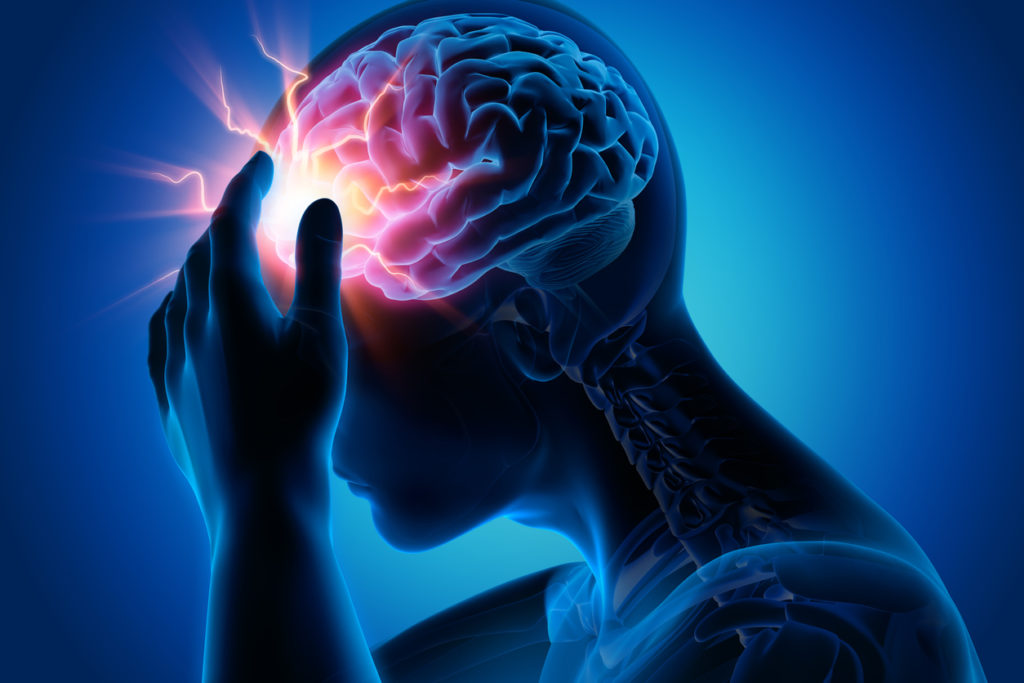-by Dan Foreman, PT, SCS— as published in the Capital-Democrat newspaper
Fall sports season is right around the corner. As a physical therapist that helps with sideline coverage at high school sporting events, a topic that I receive questions about is concussions and when may my son/daughter return to their sport. As Teri Bos from Community Health Partners stated in last week’s article a concussion is a type of traumatic brain injury caused by a blow or jolt to the head, causing the head and brain to move rapidly back and forth. Last week Teri touched on returning students who suffer a concussion back to school. This week’s article touches on how and when can an athlete return to full participation in their sport.
The first task is identifying if the student-athlete has suffered a concussion. The symptoms of a concussion include headaches, feeling of being in a fog, and/or emotional symptoms. There may have been loss of consciousness, amnesia, neurological deficits, behavioral changes, cognitive impairments, and sleep/wake disturbances. A concussion can be present with just one of these symptoms or more. If a concussion is suspected the athlete must be removed from participation immediately. They then need to be cleared by a medical professional.
If a concussion is confirmed with further testing from a medical professional the athlete enters the concussion protocol. The first treatment for the athlete is to rest both physically and mentally. I instruct athletes to stay off devices, don’t listen to music, and limit reading and other activities that take brain power. The steps in the protocol each take a day at minimum to move to the next step. This is based on the presence of symptoms and how they respond to each activity. The second step in the protocol is the return to academic activities, as Teri touched on earlier in the article. If the athlete has no increase in symptoms with return to school activities they can begin light aerobic activity. This can include 10-15 minutes of walking or bicycle at a slow to medium pace. We then move to basic exercise which include running with no equipment. If at this point things are going well, the athlete can begin non-contact sports specific drills (dribbling, shooting baskets, and playing catch). If no symptoms are present at this point the athlete can return to full participation in practice and training. When we get to this point we will do some further testing to make sure they are prepared to return to practice and full participation. In the clinic I will have people take the ImPACT® computerized assessment. This is a helpful test, as some schools require taking a baseline test, so we can compare post-concussion test to the pre-test. If this test shows they are back to baseline and there has been no symptoms with increased activity the athlete will be cleared for all participation. Another tool we use is the SCAT5 and the Biodex Balance System. If, at any step in the protocol, there is return in symptoms the athlete will go back step in the protocol and needs 24 hours symptom free to return to the step that caused symptoms. The return to sport takes a minimum of 7 days, but can take longer depending on the individual and their progress with symptoms. (This protocol can be found on the Iowa High School Athletic Associations website.)
As the athlete moves through the progression for the return to their activities, there is rehabilitation that can be beneficial to help them through the process to regain their function. Physical therapy and occupational therapy can help with activity monitoring and advancing activity appropriately along with working on balance and body control. There is also vestibular and vision therapy that can be beneficial for post-concussion health.
Remember, we only have one brain so let’s take care of it. Following the protocol and giving appropriate time for healing is vital for recovery and reducing risk for longer effects. Concussions do not present the same for everyone, nor does return to sport look the same for all.

